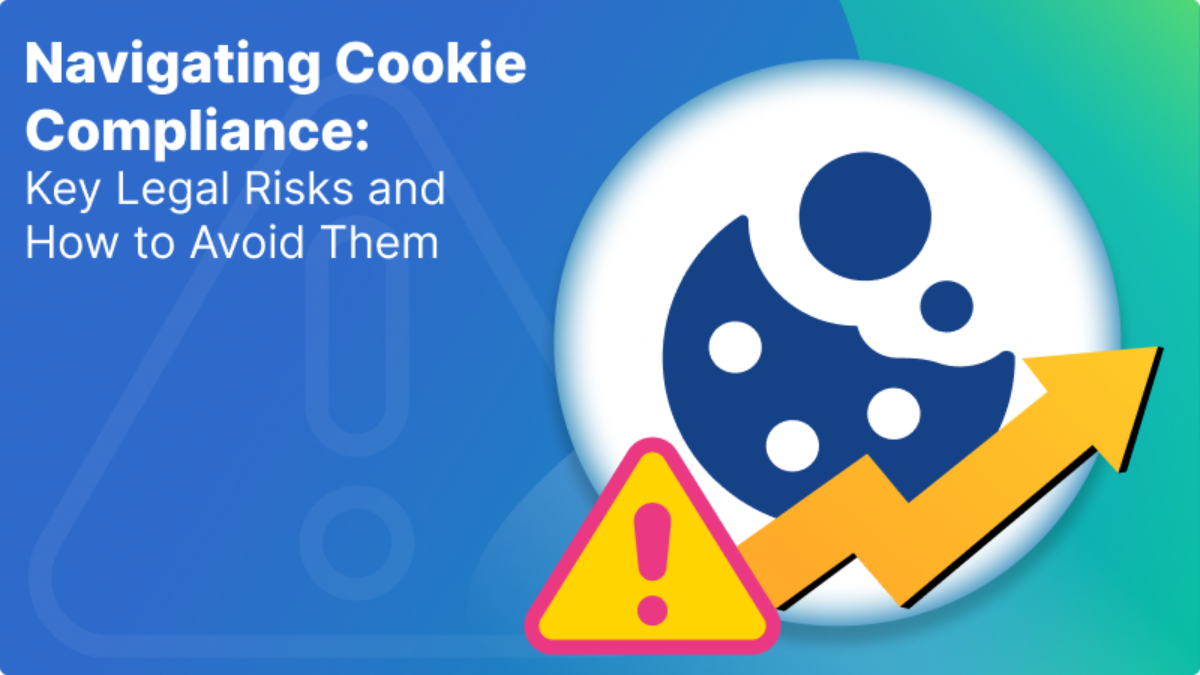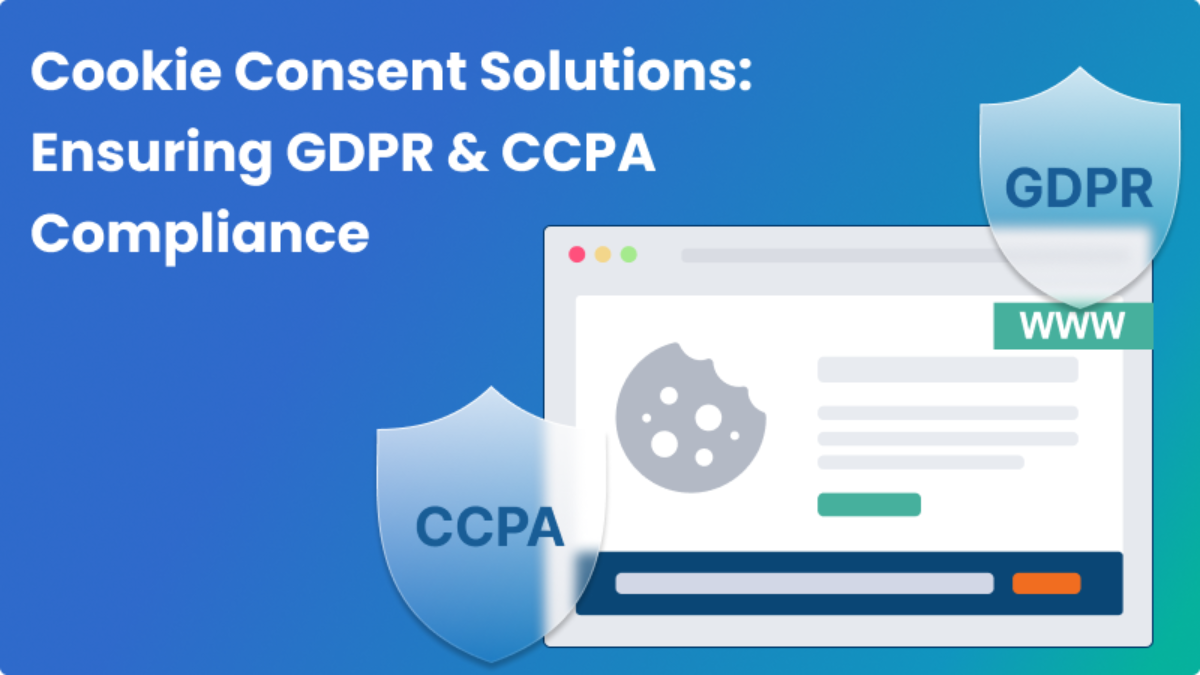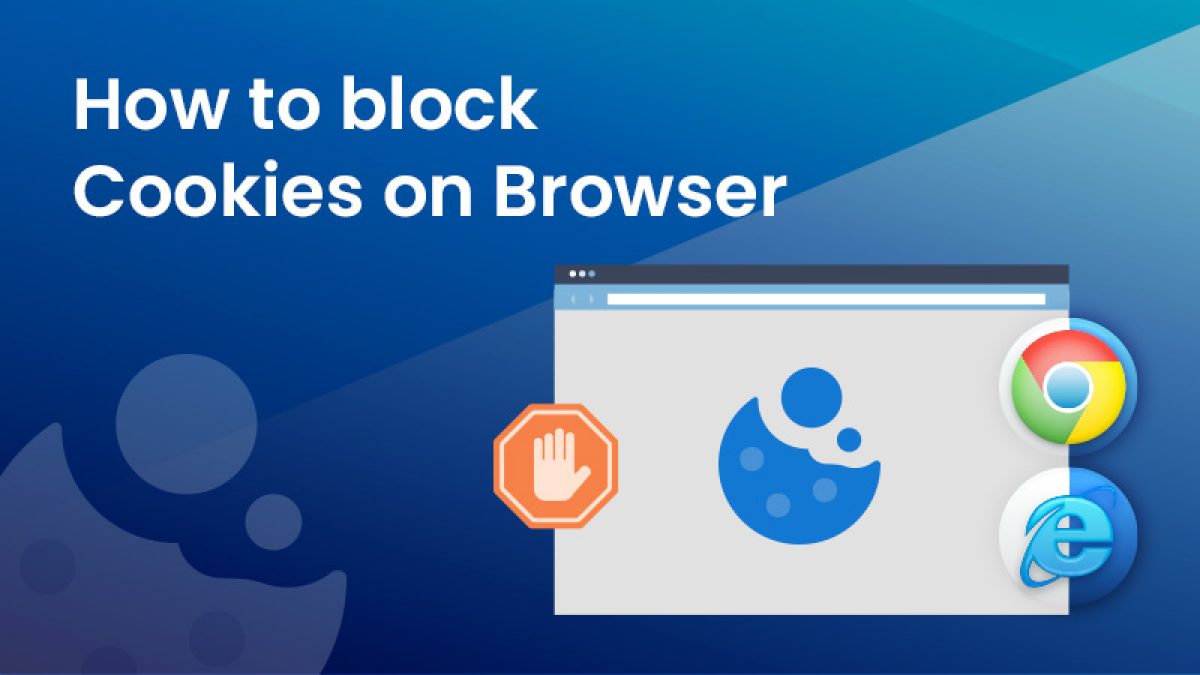Drop in Organic Traffic After Cookie Banner Implementation

Why is there a drop in traffic after implementation of Cookie Consent Banner?
In the realm of digital marketing and online user experience, the term “Cookie Consent Banner” has become a ubiquitous element. These pop-ups or banners appear when you visit a website, asking for your consent to use cookies. They’re designed to enhance transparency and ensure compliance with data privacy regulations, such as the General Data Protection Regulation (GDPR) and the California Consumer Privacy Act (CCPA). However, while these cookie banners serve a crucial legal purpose, they often come with unintended consequences, one of which is a drop in organic traffic. In this blog, we’ll explore the reasons behind the decline in organic traffic after cookie banner implementation, the importance of checking cookie compliance, and discuss whether there are ways to maintain analytics without cookie banners.
What is a Cookie Banner? And The Role of Cookie
Cookies are small text files that websites store on a user’s device. They have various functions, such as remembering login credentials, personalizing content, and tracking user behavior. While they can enhance user experience and provide valuable insights for website owners, their use also raises privacy concerns.
A Cookie Banner is a vital element for online platforms aiming to enhance privacy compliance. It serves as a notification mechanism, informing users about the use of cookies on a website.
Do I Need A Cookie Banner For Google Analytics?
When pondering, “do I need a Cookie Banner for Google Analytics?” the answer is affirmative. Google Analytics relies on cookies to track and analyze website traffic, offering valuable insights into user behavior. The Role of Cookies, therefore, becomes paramount, extending beyond analytics to encompass functionalities like personalization and session management.
Implementing a Cookie Banner ensures transparency and user consent, aligning with privacy regulations such as the General Data Protection Regulation (GDPR).
Why Cookie Banners Are Necessary?
Data privacy regulations, like GDPR and CCPA, require websites to inform users about the collection and use of their data. Cookie banners are the most common way to do this. They serve two main purposes:
- Transparency: They inform users that the website uses cookies and provides a brief explanation of their purpose.
- Consent: They ask for user consent to place cookies on their device. This consent should be freely given, specific, informed, and unambiguous.
However, advancements in data compliance practices now enable websites to achieve data compliance without cookies, offering users transparency & consent through alternative methods such as privacy-friendly tracking technologies and explicit user permissions. We will learn about it later.
The Challenge of Cookie Banners
While cookie banners are vital for data privacy compliance, their implementation can lead to a significant drop in organic traffic. Here’s why:
- User Distraction: Cookie banners can be intrusive, disrupting the user experience. Visitors may close the banner without fully understanding the consent options or their implications, leading to a banner traffic reduction.
- Opt-Outs: Many users, concerned about privacy, may choose to reject all cookies. This can limit the website’s ability to gather data and provide personalized experiences, potentially affecting SEO and causing a huge traffic drop after the cookie consent banner implementation.
- SEO Impact: The use of cookies, especially for analytics, can provide valuable insights for SEO optimization. A reduction in data collection may hinder your ability to make informed SEO decisions, causing a drop in organic traffic.
- Legal Consequences: Non-compliance with data privacy regulations can result in significant fines. Website owners have little choice but to implement cookie banners for cookie compliance, even if it affects user experience.
Making the Impact
While cookie banners can lead to a drop in organic traffic, it’s possible to mitigate their impact:
- Clear and Concise Messaging: Craft cookie banners with clear and concise language, explaining the purpose of cookies and why they are beneficial. Users are more likely to consent if they understand the value.
- Granular Consent: Allow users to choose which types of cookies they want to accept. This provides a more personalized experience and may increase consent rates.
- Optimize for Mobile: Ensure your cookie banner is mobile-friendly and unobtrusive, minimizing disruptions to the user experience.
- Monitor and Adjust: Continuously monitor the impact of your cookie banner on organic traffic. Make adjustments to improve consent rates and user experience.
Can You Maintain Analytics Without a Cookie Banner?
For those wondering whether they can maintain analytics without a cookie banner, it’s essential to understand that many analytics tools, such as Google Analytics, rely on cookies to gather data effectively. However, there are alternative strategies that might help you strike a balance between compliance and analytics:
- Consent Management Platforms (CMPs): CMPs allow for more sophisticated and customized consent management, potentially reducing the impact on traffic.
- Cookie-less Analytics: Explore analytics tools that don’t rely on cookies, as they become increasingly popular as alternatives to traditional cookie-based analytics.
- User Education: Inform your users about the benefits of allowing cookies for analytics, which may encourage them to provide consent.
- Localized Approaches: Consider region-specific strategies, as regulations and user attitudes may differ.
Conclusion
A drop in organic traffic after implementing a cookie banner is a challenge that website owners must navigate in the era of data privacy regulations. While the impact is real, with thoughtful design and user-centric strategies, it’s possible to strike a balance between legal compliance and a positive user experience. As the digital landscape continues to evolve, staying adaptable and responsive to user concerns is key to maintaining organic traffic and achieving your website’s goals. Remember that cookie compliance is crucial, but there are ways to mitigate the potential drop in organic traffic and banner traffic.













